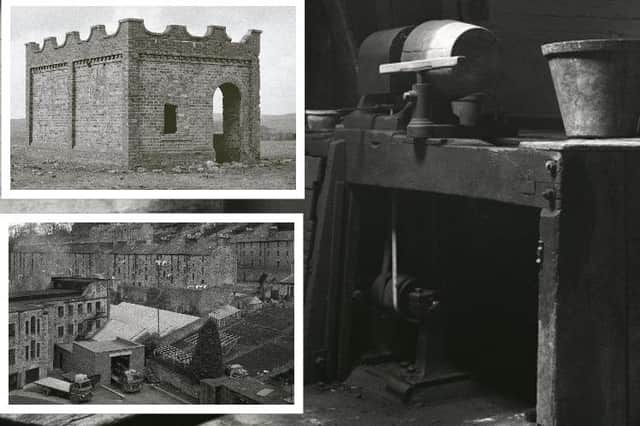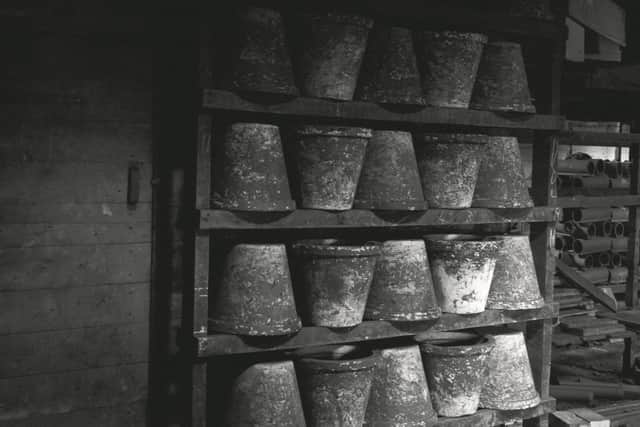Clydesdale industries celebrated in new book


The story, including that of several industries in Clydesdale, is told through the photographs and reflections of one of Scotland’s foremost heritage experts.
John R Hume, who retired as chief inspector of historic buildings in 1999, has been an avid photographer all his life, with a particular love and understanding for Scotland’s industrial buildings and communities.
Advertisement
Hide AdAdvertisement
Hide AdMany of the images focus on Glasgow and the west of Scotland, the heartlands of mining, foundries and construction but there are mills, river ferries and distilleries captured from further afield too.


No such book would, of course, be complete with a mention of New Lanark which is featured on a number of occasions.
However, other industries are recalled too including Woolfords Coal Pit, Law Tile Works, Folkerton Mill in Douglas, the Kilwuddie Weaving Factory in Strathaven and James Young’s Gargae, also in Strathaven.
Some of the photographs record the industry themselves, while others capture everyday moments in now lost endeavour – as well as the trust and camaraderie of people often involved in dangerous and dirty work.
Advertisement
Hide AdAdvertisement
Hide AdA Life of Industry: The Photography of John R Hume has been published by Historic Environment Scotland.
It was written by Daniel Gray, based on a series of conversations with Prof Hume who is now in his eighties. It tracks Hume’s life through his passion for cities, mechanics and engineering which he recorded in obsessive detail in photograph and drawing.
The 60s and 70s in particular were pivotal times in Scotland, when familiar businesses were lost to modernisation.
Later photos show the destruction of iconic buildings being pushed aside in the name of progress and motorways.
It is grouped into five sections:
Advertisement
Hide AdAdvertisement
Hide AdBricks and Threads focuses on traditional industries such as brick making, brewing, distilling and water mills.
Giants features the mammoth heavy powerhouses smoking since the Industrial Revolution – steel and ironworks, collieries and shipyards.
In Motion showcases the importance of movement and transport.
Urban Life is a survey of cityscapes and towns, of lives among chimneys, shops, bars and graffiti.
Advertisement
Hide AdAdvertisement
Hide AdAnd Coming Future takes us through an old world gone and a new one just begun.
In the book, Prof Hume reflects: “I still feel it’s important to preserve something of what went before. I’m following in a long tradition – people want to keep relics of the distant past.
"But we should also keep things from the more recent past. Things which are beautiful themselves or embody an enormous amount of human thought.”
The book has been a labour of love for its author, Daniel Gray, who mentions many of the structures that owe their continued existence to the dedication of Prof Hume.
Advertisement
Hide AdAdvertisement
Hide AdThey include Queensberry House, now part of the Scottish Parliament complex and Glasgow Central Station.
Daniel said: “This book was built from fortnightly meetings where John and I would sit and view hundreds of his images on a small screen.
“I hope I’ve captured John’s warm nature, enthusiasm, recall and great storytelling in its pages. ”
A Life of Industry: The Photography of John R Hume is available now from all good booksellers, priced £20.